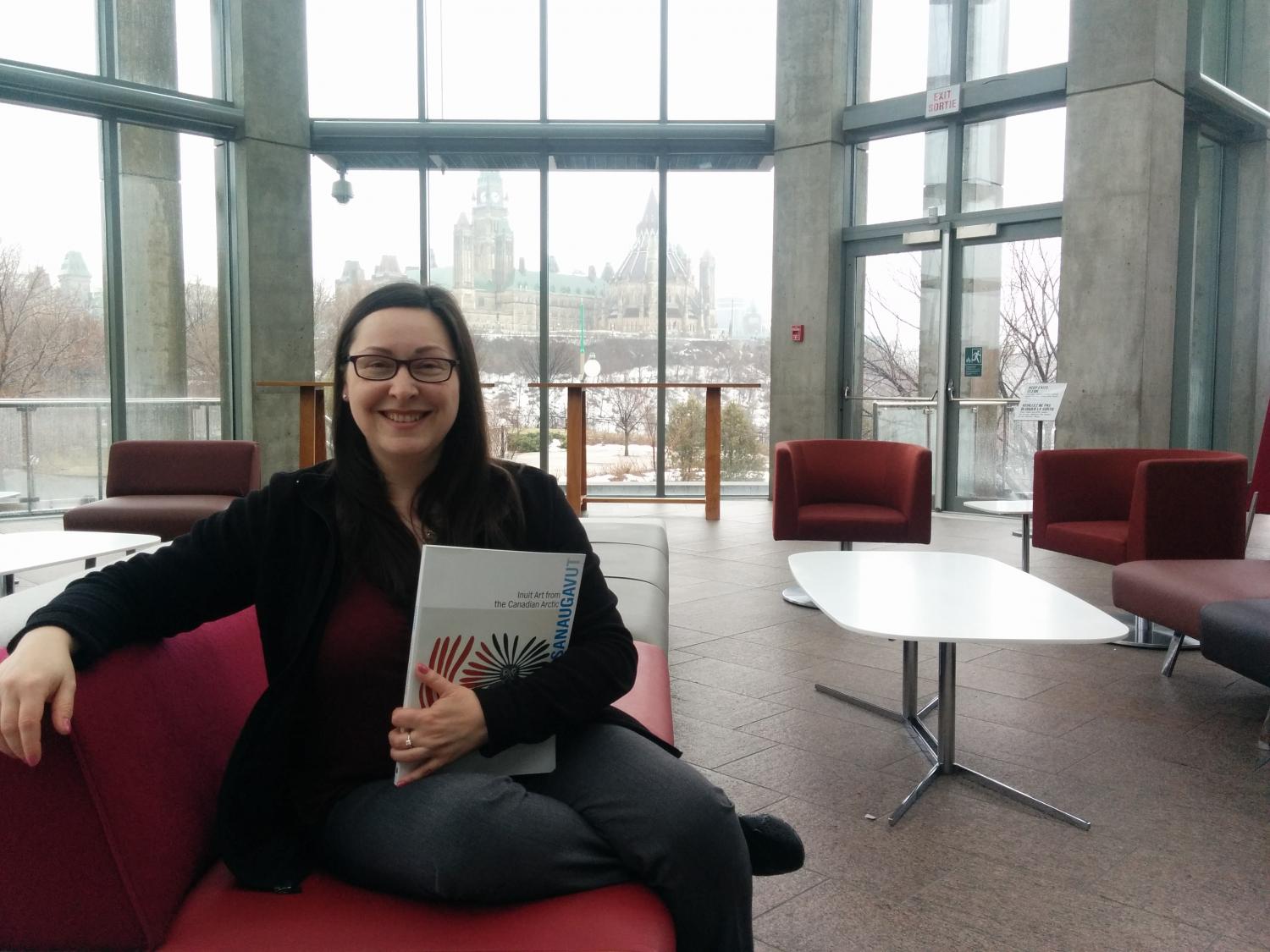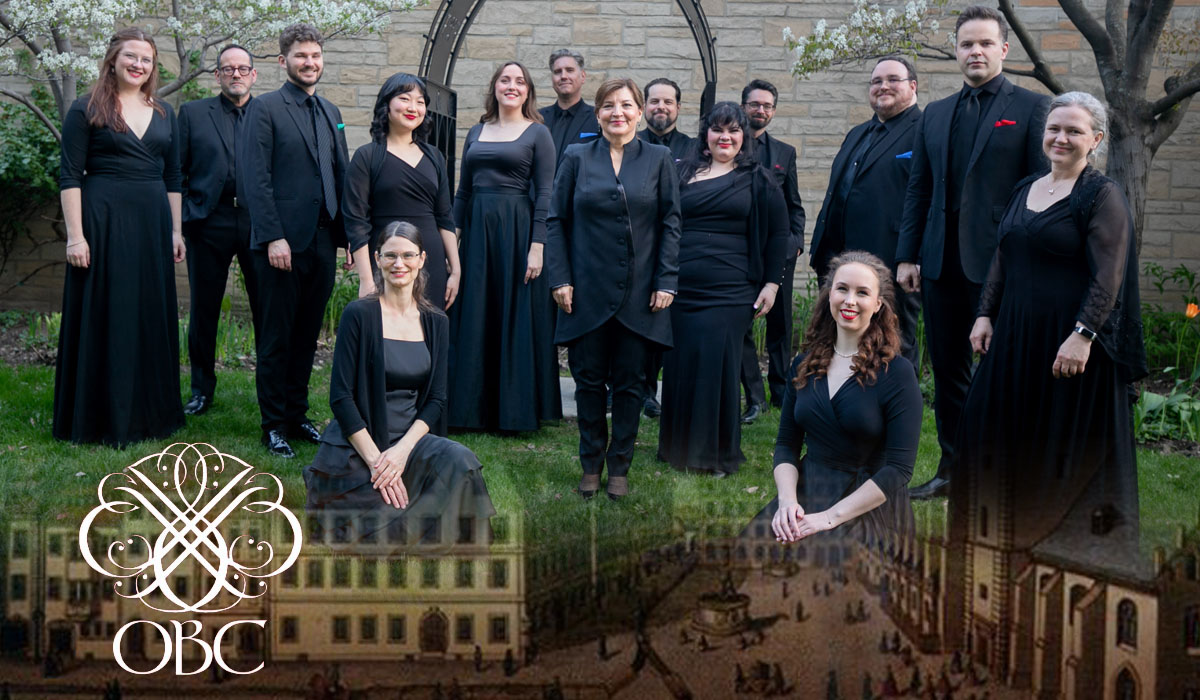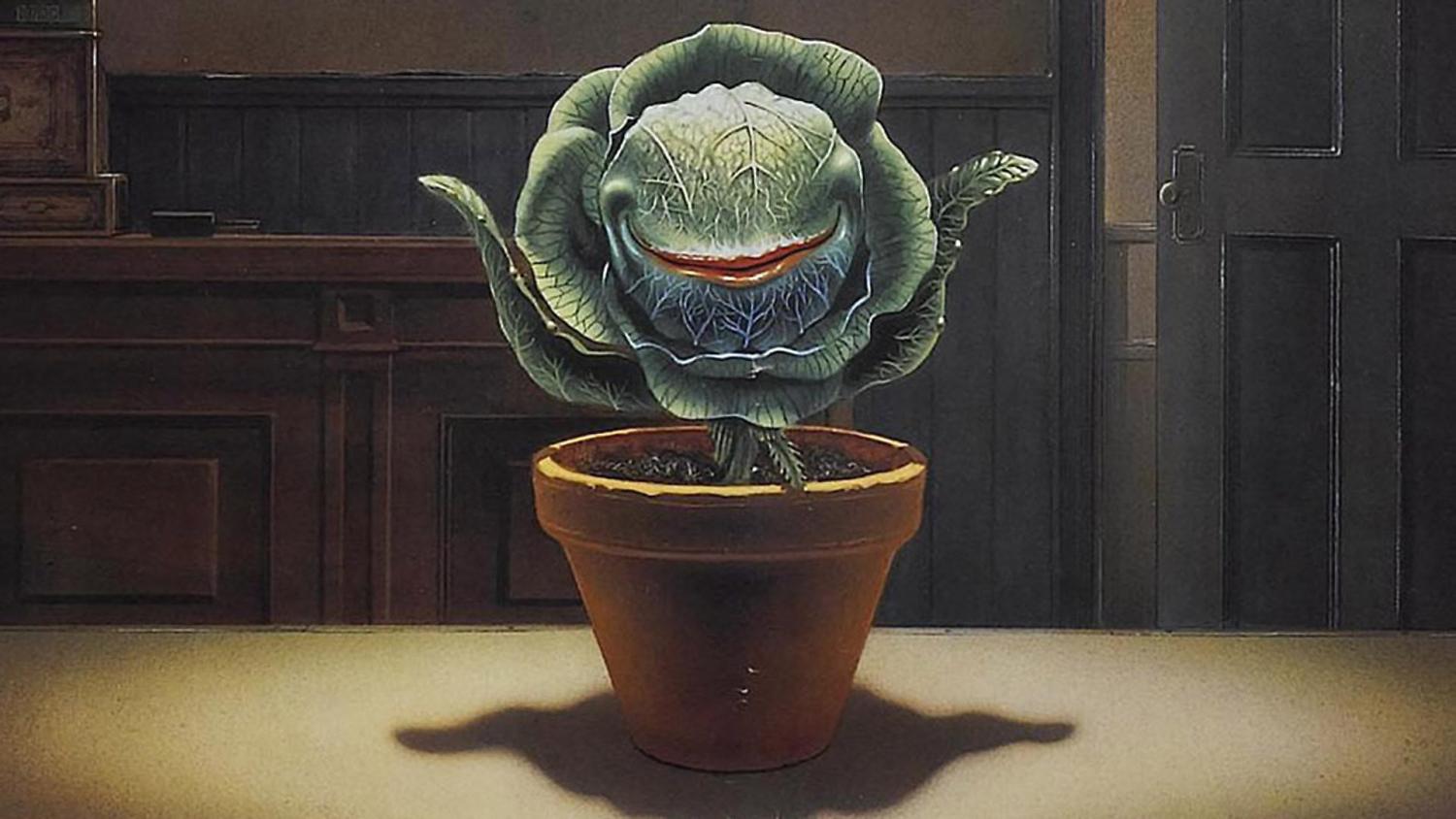
Heather Campbell explores her Labrador Inuit identity through art
All photos courtesy of Heather Campbell
In Heather Campbell’s “Methylmercury,” Nuliajuk, the Inuit goddess of the sea, is shown being choked by a cloud of poison. Around her tail are seals and a dancing polar bear, common images in much of Inuit art. Less common are the blue jellyfish that float among the other creatures – but for Heather, they represent her Inuit identity just as much.
Heather grew up in Rigolet, Labrador, a small fly-in community of just over 300 people. Rigolet is the southernmost Inuit community in Canada, lying just below the Arctic treeline, with a much different environment from more northern Inuit communities.
Heather’s grandfather made his living through traditional hunting until Greenpeace’s campaign against the seal hunt led to a sharp decline in the hunting market. After the early 80s, people only hunted when they had the time and money.
Rigolet’s dialect of Inuktitut is also in danger – Heather estimates that maybe one person still speaks it fluently. “I’ll know words for hunting terms, like animals, and fish, or maybe bits of weather, greetings, things like that,” she says. “But here in Ottawa, I have absolutely no reason to talk about it.”
Heather’s grandmother was involved in the Anglican Church, but Heather never felt a connection to Christianity. She was interested in the glimpses of Mi’kmaq spirituality she saw on TV, or stories about Nuliajuk, commonly known as Sedna.
“My grandmother said I could draw ever since I could hold a crayon,” Heather says. However, she began her university career in general studies at the Grenfell campus of the Memorial University of Newfoundland. About a month into the school year, she walked into the bookstore and found herself staring at a wall of art supplies.
“That was it,” Heather says. She began the fine arts program the following year.
Heather moved to Ottawa in 1997. She tried to connect with the Inuit community upon arrival, but the differences between Labrador Inuit culture and more northern cultures meant she often felt like an outsider.
Trying to sell her art was difficult and discouraging. She eventually got a job with Indian Affairs, now Indigenous and Northern Affairs. There, she began to discover Inuit art history and spirituality in a new way. This spilled over into her next job as a curatorial assistant for the Canadian and Indigenous galleries at the National Art Gallery.
“I wanted to research about our culture before Christianity,” she says. “What is it that truly makes someone a particular culture? Is it the clothes, the food, or is it something deeper?”
 Heather started experimenting with concentric circles in 2003, a traditional Inuit spiritual symbol relating to connectivity. By the time she was working with Inuit Tapiriit Kanatami (ITK), they were the focus of her art.
Heather started experimenting with concentric circles in 2003, a traditional Inuit spiritual symbol relating to connectivity. By the time she was working with Inuit Tapiriit Kanatami (ITK), they were the focus of her art.
But it wasn’t until she had her daughter, now six, that she discovered the process she uses today.
Staying at home meant Heather had to start using simpler mediums, such as pencils or watercolour. One day, she was experimenting with dropping ink onto paper, and found herself seeing shapes in the colours. She began drawing those shapes, allowing them to emerge from the ink blots. Instead of trying to represent her Inuit heritage with symbols, she began to draw jellyfish she remembered from childhood summers at the beach, or geraniums from a neighbour’s yard, embracing her own unique background.
“There’s still so much of my subconscious mind that is influenced by my culture,” she says.
Heather says this is a reminder of the difference between material culture, like the traditional clothing she doesn’t wear in Ottawa or the circles that once dominated her art, and immaterial culture, or the spirituality she felt ties to even as a child.
Reassurance also comes in the form of opportunities – now, Heather’s work is being shown across Canada, such “Methylmercury,” which currently hangs in the Winnipeg Art Gallery.
“You have to explore who you are, and finally get to a point where you’re mature enough to say, ‘Okay, this is who I am. Whatever comes out comes out.’”










